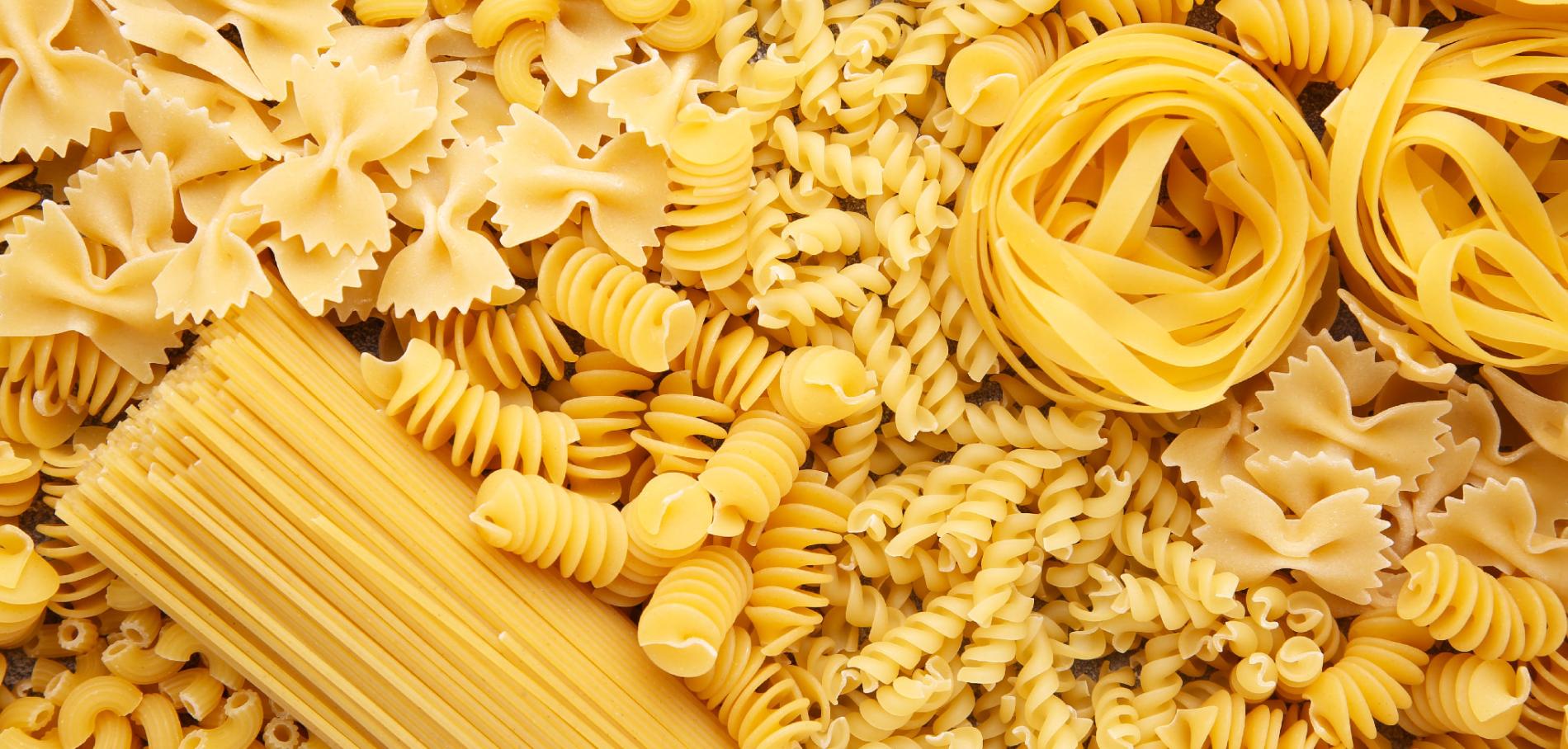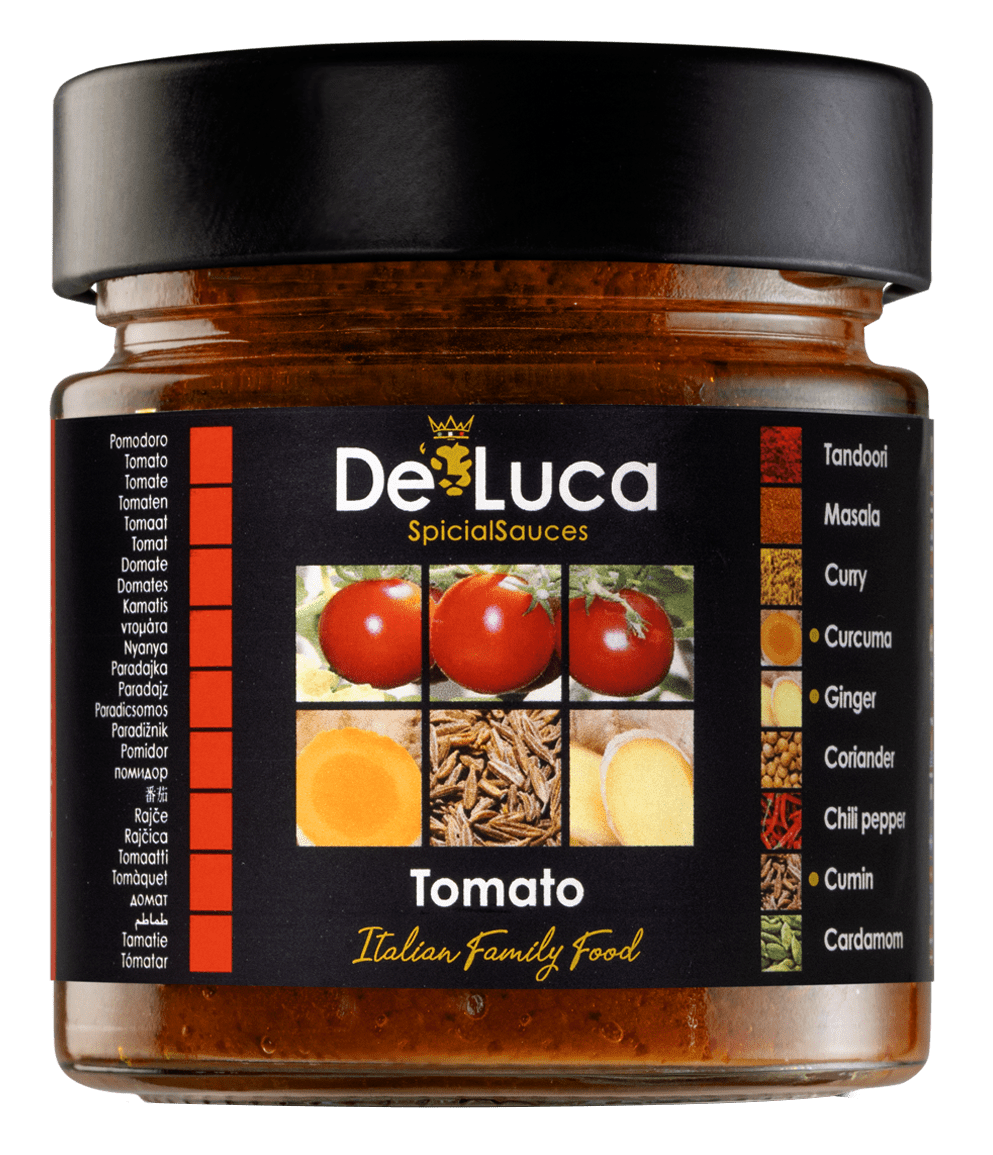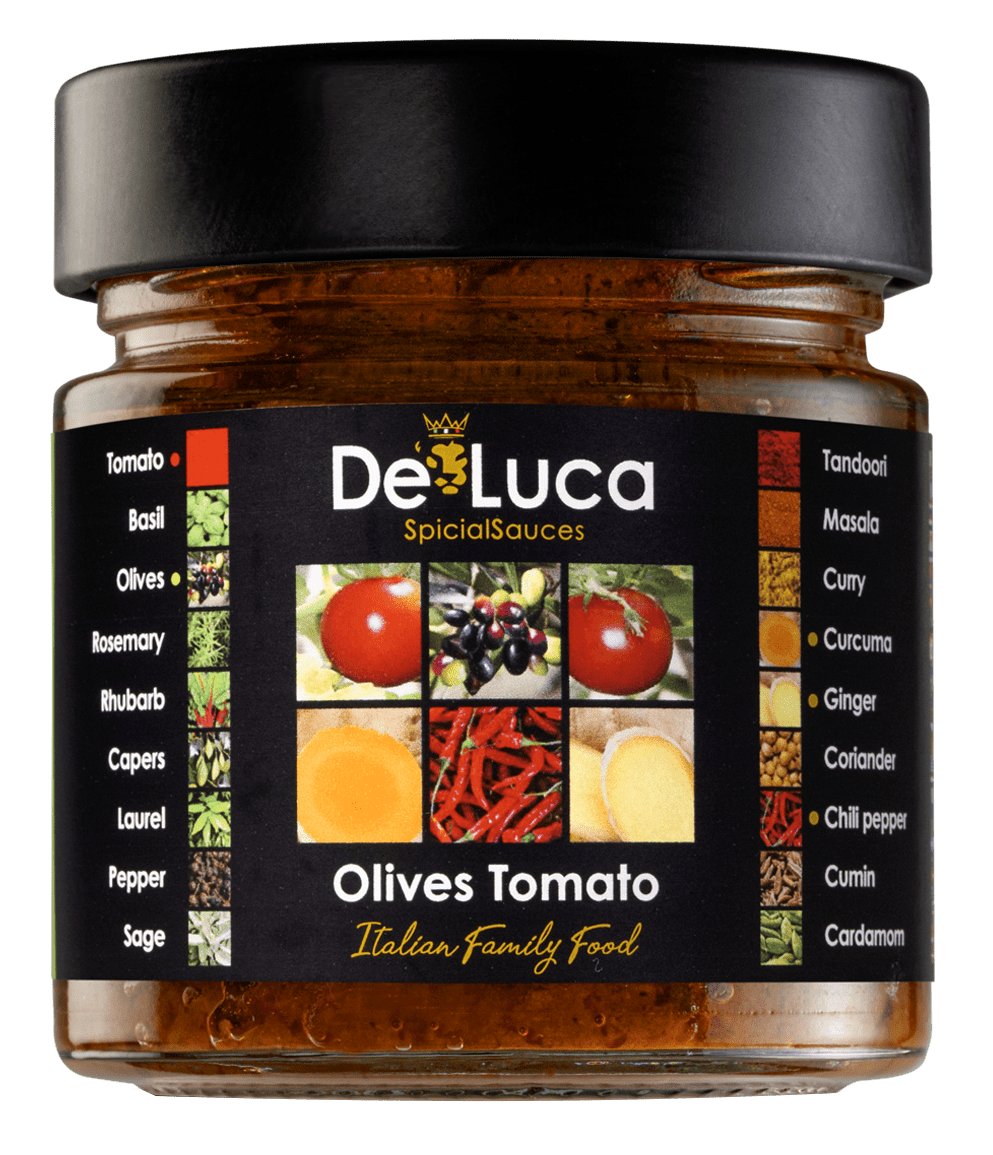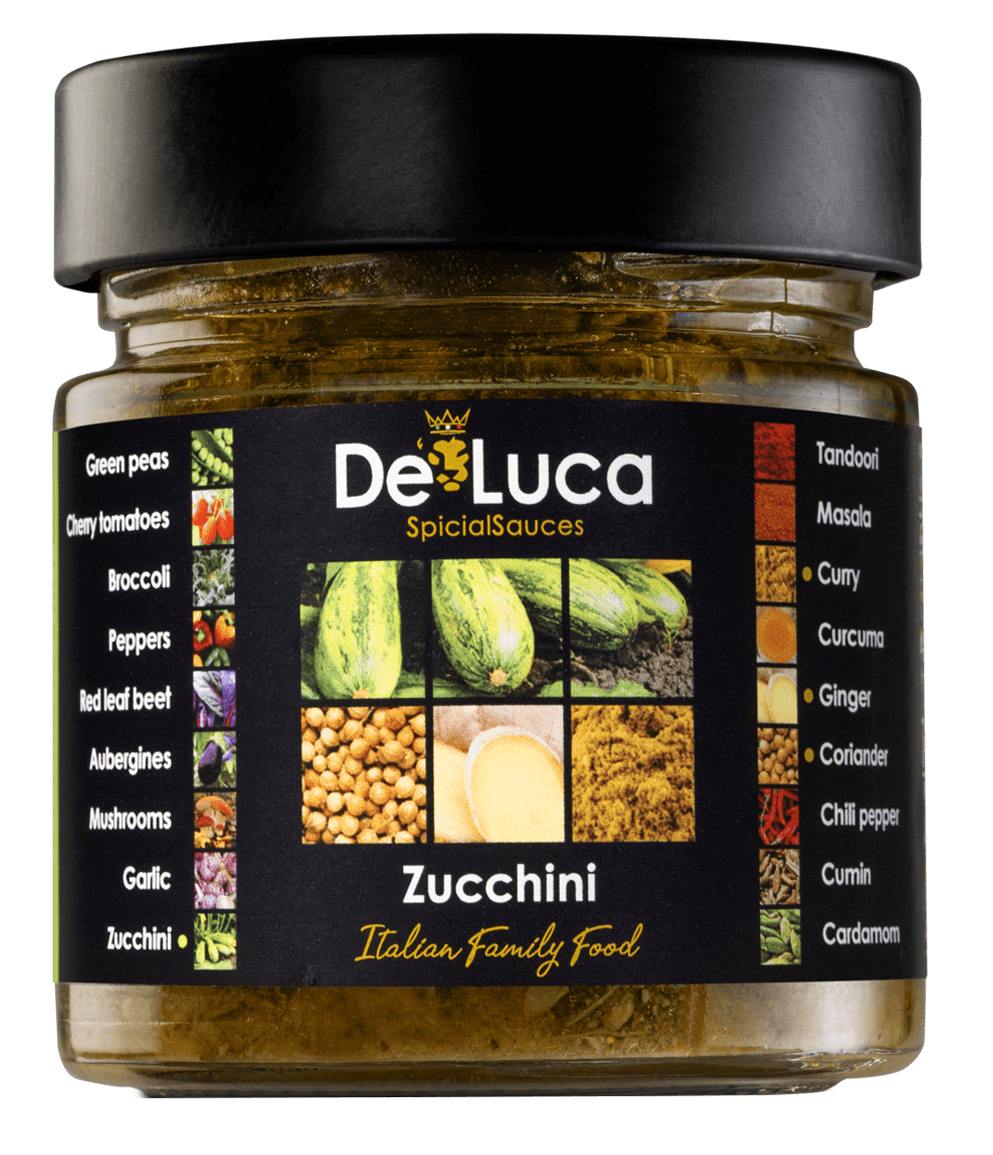The Variety of Shapes: A Heritage to Be Savored
Pasta shapes are mainly divided into two broad categories: long pasta and short pasta. Among the long types, we find timeless classics like spaghetti, linguine, tagliatelle, fettuccine, and Tuscan pici. Each shape is designed to enhance specific recipes and sauces: for example, tagliatelle are ideal with a sauce like our Mushrooms, while linguine pair beautifully with the flavors of the sea—just think of the intense taste of a simple dish like linguine alle vongole.
Among the short pasta shapes, we find penne, rigatoni, farfalle, fusilli, and orecchiette—typical of the Puglia region. Their shape is designed to better hold sauces, making every bite flavorful and well-balanced. There are also special formats, like paccheri, ditalini (perfect for soups), or Sardinian fregola, all of which tell the story of the extraordinary biodiversity of Italy’s regional cuisines.
Tradition and Innovation: Pasta Today
While tradition still plays a dominant role, in recent years we’ve seen a resurgence of interest in ancient grains and artisanal methods. Today, many producers are focused on making bronze-die pasta that is slowly dried, ensuring a rough, porous texture that holds sauces better and enhances flavor.
Alongside traditional shapes, there are also more modern and creative variations designed to meet contemporary needs or explore new pairings. For those who love to experiment, our recipe collection offers plenty of ideas and inspiration—from the simplest dishes to more elaborate creations, all designed to highlight the authentic taste of Italian pasta.
What’s the Most Loved (and Most Prestigious) Pasta?
According to many consumer surveys, spaghetti remains the most commonly eaten type of pasta in Italy, and one of the most beloved abroad. Versatile, quick to cook, and perfect with a wide range of sauces, it has become an icon of Mediterranean cuisine.
As for the most prestigious pasta, it all comes down to the quality of the ingredients and how it’s made. Pasta produced with selected durum wheat semolina, bronze-drawn and slowly dried, can reach levels of true excellence. Some Italian artisanal producers have become true ambassadors of taste worldwide, offering rare pasta shapes made using age-old techniques.
The Importance of Matching Pasta with Sauce
In Italy, choosing the right pasta also means thinking carefully about the best sauce to pair with it. Some sauces cling better to certain shapes. Each pasta format is designed to bring out the texture, density, and aromatic profile of the sauce. That’s why it’s essential to select both the pasta and the sauce with care.
Conclusion
Italy is the home of pasta not just because of the quantity, but above all for its variety. Pasta shapes reflect a rich gastronomic culture that varies from region to region and captivates the entire world. Exploring different types of pasta, learning their history, and pairing them with quality artisanal sauces is a way to get closer to the true soul of Italian cuisine. Whether you prefer a simple pasta with tomato sauce or a more complex recipe, let tradition and quality be your guide. Discover our product selection here: Our Artisanal Products!








